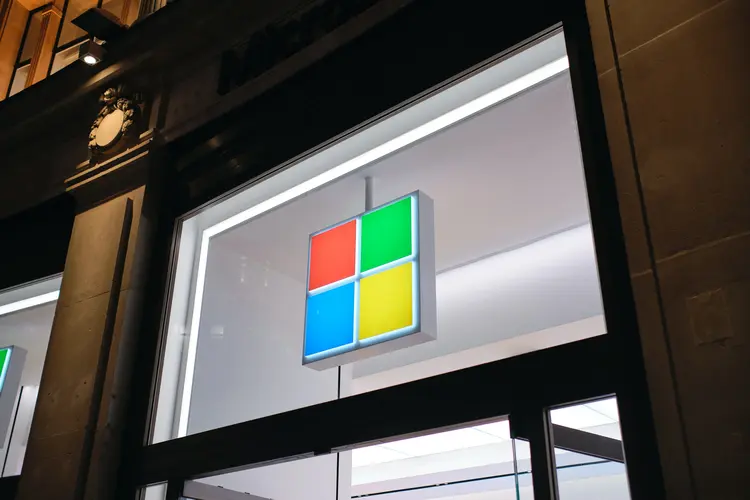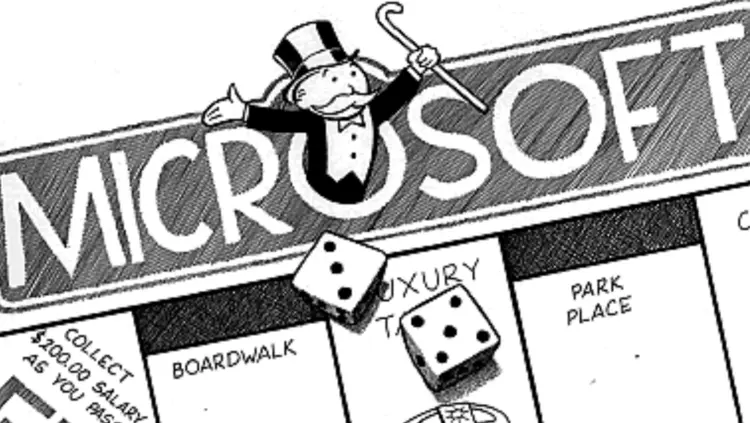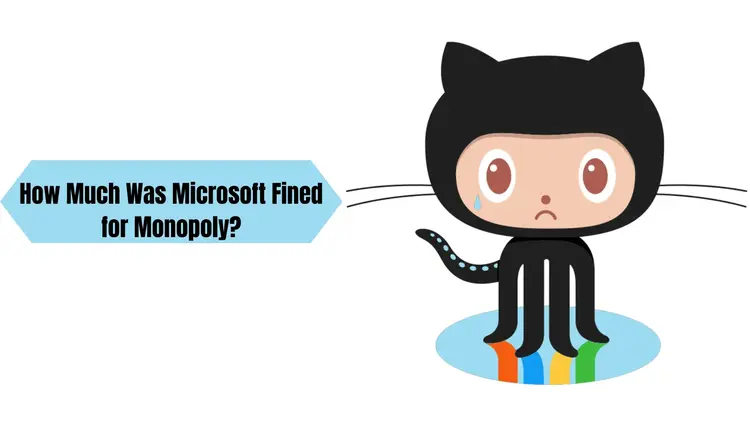In 2001, Microsoft faced charges of monopolistic practices in a courtroom battle. The legal drama had significant consequences for the tech industry, reshaping the landscape. This article delves into the year Microsoft went to court for monopoly, the reasons behind the legal battle, the financial penalties involved, and the ongoing debate over whether Microsoft is still a monopoly in the tech world.
Table of Contents
The Legal Showdown | Microsoft on Trial

The year 2001 marked a pivotal moment in the technology industry’s history, as it witnessed Microsoft’s high-stakes legal battle. The legal showdown began in the 1990s when the United States Department of Justice (DOJ) and twenty U.S. states accused Microsoft of engaging in anticompetitive behaviour. Central to the case was the allegation that Microsoft leveraged its Windows operating system to establish a dominant position in the market, thereby squelching competition and harming consumers.
The trial took centre stage, with courtroom drama rivalling some of the best legal thrillers. Microsoft was accused of bundling its Internet Explorer web browser with Windows, giving it an unfair advantage over competitors like Netscape Navigator. This practice, known as “tying,” was a significant bone of contention. The government argued that Microsoft’s actions violated the Sherman Antitrust Act, which aims to promote fair competition and prevent monopolies.
The trial’s outcome had a profound impact on the tech world. Microsoft was found guilty of antitrust violations and ordered to split into two separate companies, one handling the Windows operating system and the other focused on software applications. While the breakup never occurred, the ruling placed restrictions on Microsoft’s business practices and forced it to open up its application programming interfaces, fostering a more competitive environment.
Also read Jail Rules In Monopoly
What Year Did Microsoft Go to Court for Monopoly? And Why

The declaration of Microsoft as a monopoly hinged on several key factors. One of the primary arguments made against the tech giant was its aggressive tactics in maintaining its Windows operating system’s dominance. Microsoft’s bundling of Internet Explorer with Windows made it challenging for competing web browsers to gain a foothold in the market.
The company’s strategy of integrating its software applications with Windows further fueled the accusations of monopolistic behaviour. Critics argued that Microsoft was leveraging its operating system monopoly to drive competitors out of the market, stifling innovation and consumer choice.
The verdict underscored the importance of promoting fair competition and preventing a single entity from gaining excessive power within an industry. In the eyes of the court, Microsoft’s actions had crossed the line, warranting the label of “Monopoly“.
How Much Was Microsoft Fined for Monopoly?

Following the antitrust trial, Microsoft faced significant financial penalties. The company was required to pay a settlement of $750 million to the twenty U.S. states that had filed the lawsuit. In addition, Microsoft agreed to pay $10 million to endow a charitable foundation that would promote technology access in underserved communities.
However, the most substantial financial consequence came in the form of restrictions on Microsoft’s business practices. The company was prohibited from entering into anticompetitive contracts and engaging in other exclusionary conduct. These restrictions, while not a direct financial penalty, had a significant impact on Microsoft’s operations.
While the financial penalties might not have amounted to billions of dollars, the legal restrictions imposed on Microsoft were arguably more profound. They altered the company’s strategic approach and fostered an environment where competition could thrive.
Is Microsoft a Monopoly or Not?

The question of whether Microsoft remains a monopoly continues to spark debates. Over the years, the tech industry has evolved, and new players have emerged. Microsoft’s dominance of the desktop operating system market has been challenged by the rise of mobile and cloud computing.
Microsoft’s market share in operating systems has diminished compared to its peak in the 1990s. Other companies, such as Apple and Google, have gained significant traction in the tech world. This shift has led some to argue that Microsoft no longer wields monopoly power.
On the other hand, Microsoft remains a colossal player in various segments of the tech industry, including cloud services and enterprise software. Its enduring influence and vast resources continue to make it a force to be reckoned with. The debate over Microsoft’s status as a monopoly is complex and nuanced, reflecting the dynamic nature of the tech landscape.
Bottom Line
In 2001, Microsoft faced a legal battle over alleged monopolistic practices, affecting its trajectory and leaving a lasting legacy. The trial’s lessons continue to influence discussions about competition and innovation in the digital age. The echoes of this courtroom drama remind us of the importance of fair competition and consumer choice.
FAQs
What were the key allegations against Microsoft in the antitrust trial?
The primary allegations were that Microsoft engaged in anticompetitive behaviour by bundling Internet Explorer with Windows and integrating software applications with the operating system.
Did Microsoft’s breakup into two separate companies actually happen?
No, the breakup did not occur. However, the court imposed restrictions on Microsoft’s business practices.
What was the financial penalty imposed on Microsoft for its antitrust violations?
Microsoft had to pay $750 million to the U.S. states involved in the lawsuit and establish a $10 million charitable foundation.
How has the tech industry evolved since Microsoft’s antitrust trial?
The tech industry has seen significant changes, with the rise of mobile and cloud computing challenging Microsoft’s dominance in the desktop operating system market.
Is Microsoft still a dominant player in the tech industry today?
Yes, Microsoft remains a major player in various segments, such as cloud services and enterprise software.
What is the Sherman Antitrust Act, and how did it apply to Microsoft’s case?
The Sherman Antitrust Act is a U.S. law designed to promote fair competition and prevent monopolies. It was applied to Microsoft’s case because of allegations of anticompetitive behaviour.
Did the antitrust trial change Microsoft’s business practices significantly?
Yes, the trial forced Microsoft to change its approach and open up its application programming interfaces, fostering a more competitive environment.
How did the trial impact Microsoft’s reputation in the tech industry?
The trial had a lasting impact on Microsoft’s reputation, raising questions about its business practices and the need for fair competition.
What is the current status of Microsoft’s market share in operating systems?
While Microsoft’s market share in operating systems has decreased, it remains a significant player, especially in enterprise environments.
What lessons can be drawn from Microsoft’s antitrust case for the tech industry today?
The case underscores the importance of promoting fair competition and preventing anticompetitive practices, even in a rapidly evolving tech landscape.







